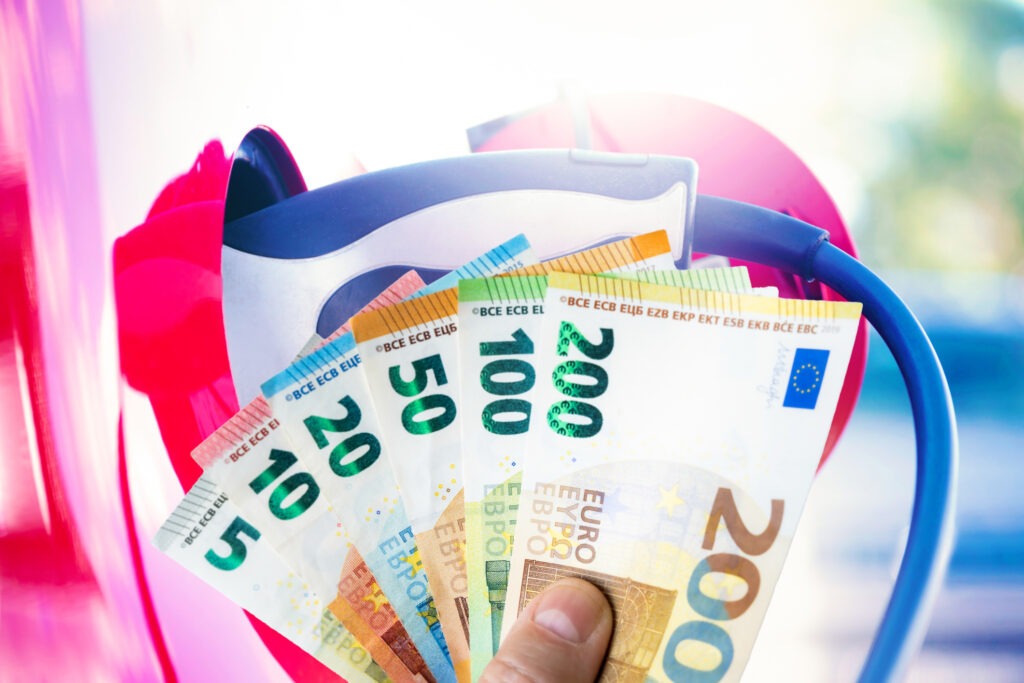Used-car sales improve slowly in first quarter of 2023
31 May 2023

As Europe’s new-car market continues its recovery with registrations increasing on a monthly basis, the continent’s used-car market is also making a comeback after a rollercoaster 2022.
In the first quarter of 2023, four of the five biggest European markets saw growth in used-car transactions. However, this growth was lower than in the new-car market, which is riding the crest of a wave as production increases and deliveries continue.
New-car market contrast
The used-car market is tied to new-car registrations, as vehicles swapped for newer models find their way onto second-hand forecourts. With COVID-19 and the supply-chain crisis impacting registrations, deliveries faltered, pushing many drivers and fleets to hold on to their vehicles for longer. This impacted the flow of models to the used market, which, in turn, impacted transactions.
Yet during the final months of 2022, and throughout the first quarter of 2023, the new-car market in the big five territories recorded growth year on year. With this recovery comes a new supply of cars to forecourts, giving consumers searching for a used vehicle more opportunities to buy.
The level of recovery is not on par with the new-car market, despite deliveries building in Europe since August last year. While an average 22.2% growth has been felt across new-car markets in France, Germany, Italy, Spain and the UK, there has only been an average increase of 0.4% in the used-car market.
This has been driven in part by the type of buyer in the used-car market. Many new-car registrations are driven by fleet and business purchases. However, these buyers rarely dip into the used-car segment, meaning the majority of interest comes from private consumers. As the cost-of-living crisis continues with no sign of abating, the price of a nearly-new vehicle is one that many may now be unable to afford.
Slow starts in France, Germany and Italy
France was the only market in Europe’s big five to record a decline in the first three months of 2023. The used-car market in the country was 8.6% down compared to the first quarter of 2022, according to data from the AAA. This leaves the market at its lowest level in six years.
Overall, the French market has recorded declines for 16 consecutive months to March 2023, with vehicles in the ‘less than five years old’ segment being hit particularly heavily, which accounts for 30% of overall transactions. The country is still struggling with the supply of these cars, especially as it is the age band disrupted by COVID-19, with poor registrations in 2020, 2021 and the early part of 2022. But sales in other segments, including models over 10 years old (accounting for 48% of the market), have also seen declines as drivers hold on to their vehicles rather than trade them in.
Italy’s used-car market also struggled in the first three months of the year. However, unlike France, the country was able to post a small increase in transactions, up 0.7%. Following a strong start to the year, with a 13.1% rise in in January, the market saw a modest increase of 1.5% in February and then a drop of 8% in March. This last month was the best-performing period in 2022, so it is likely figures will continue to pick up as the year continues, especially as the country’s market suffered in the latter part of 2022.
In Germany, the used-car transactions were up by 2.4% in the first quarter, compared to a new-car market that was up 6.5% in the first three months, according to figures from the country’s automotive body, the KBA. The market struggled in February with transactions down 2.1%, however, January’s 4% increase, coupled with a 5% increase in March, helped the market maintain its momentum.
Mixed fortunes for EVs
Spain saw a 3.4% increase in transactions during the quarter, although this pales in comparison to the country’s 44.6% increase in new-car registrations. This means used-car supplies are likely increasing as registrations take off, but this is not being translated into sales, highlighting the work that needs to be done in the industry.
The National Association of Vehicle Sellers (GANVAM), also highlighted that enthusiasm for used electric vehicles (EVs) is waning, with transactions dropping by 13% as prices rise month on month. Purchasing a used EV can cost €35,876 on average in Spain, a 12.8% increase on the first quarter of 2022.
Finally, the UK led the way as its used-car transactions increased by 4.1%, a relief after three successive quarters of decline. The market experienced its best start to a year since 2020, but remains behind pre-pandemic levels, according to the Society of Motor Manufacturers and Traders (SMMT). Sales grew across the first three months of the year, with January up 3.6%, February up 4.4% and March seeing growth of 4.3%.
Unlike Spain, EVs increased their transactions, with battery-electric vehicles (BEVs) up 0.9% between January and March 2023. Meanwhile, used plug-in hybrid (PHEV) transactions grew 13.9%, performing better than new models which recorded a 6.7% growth in the quarter. However, petrol and diesel models continued to hold a majority market share. Although numbers increased slightly, up 4.5% and 0.2% respectively, a total of 1,048,015 petrol and 706,282 diesel units changed hands.



